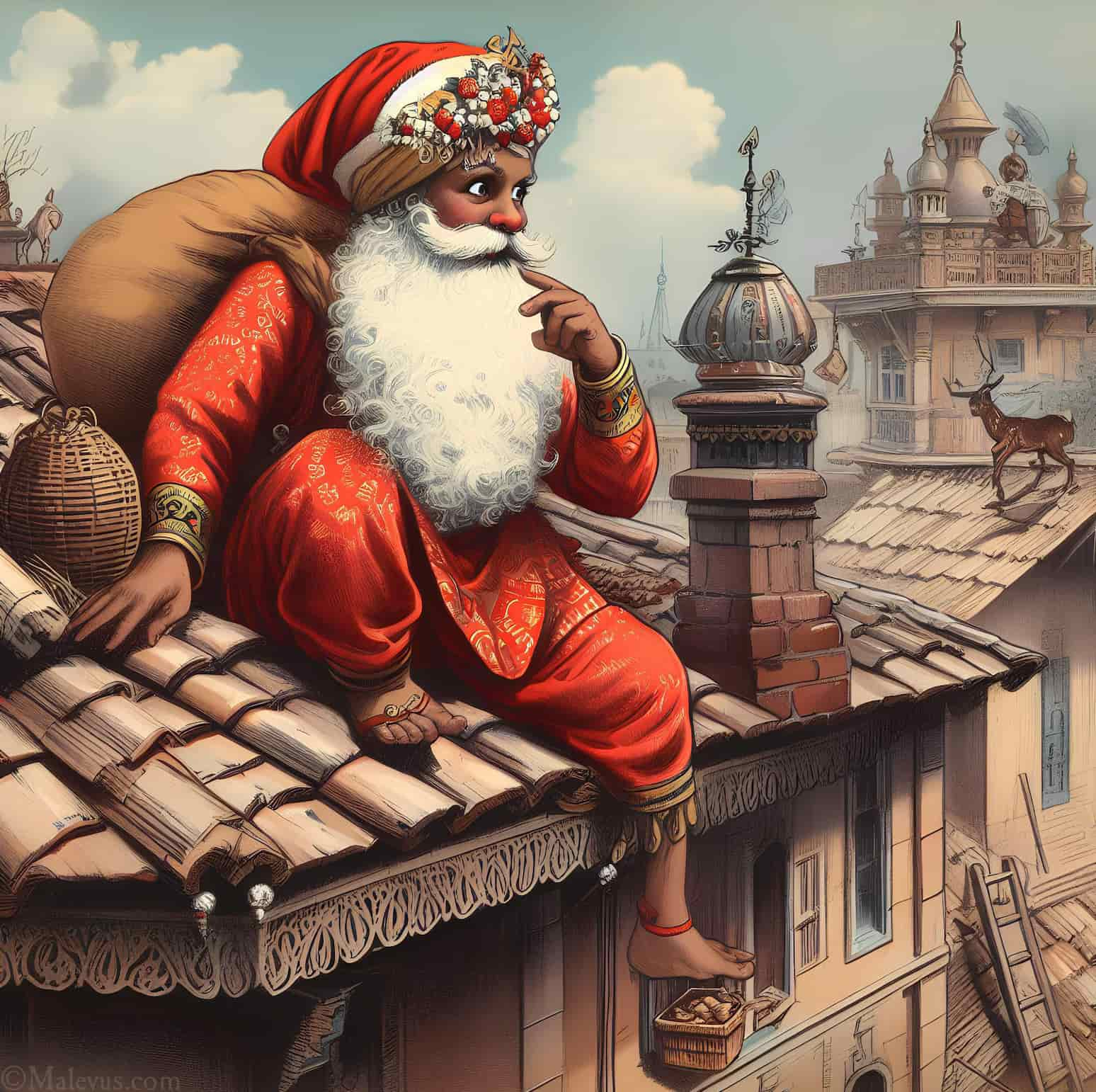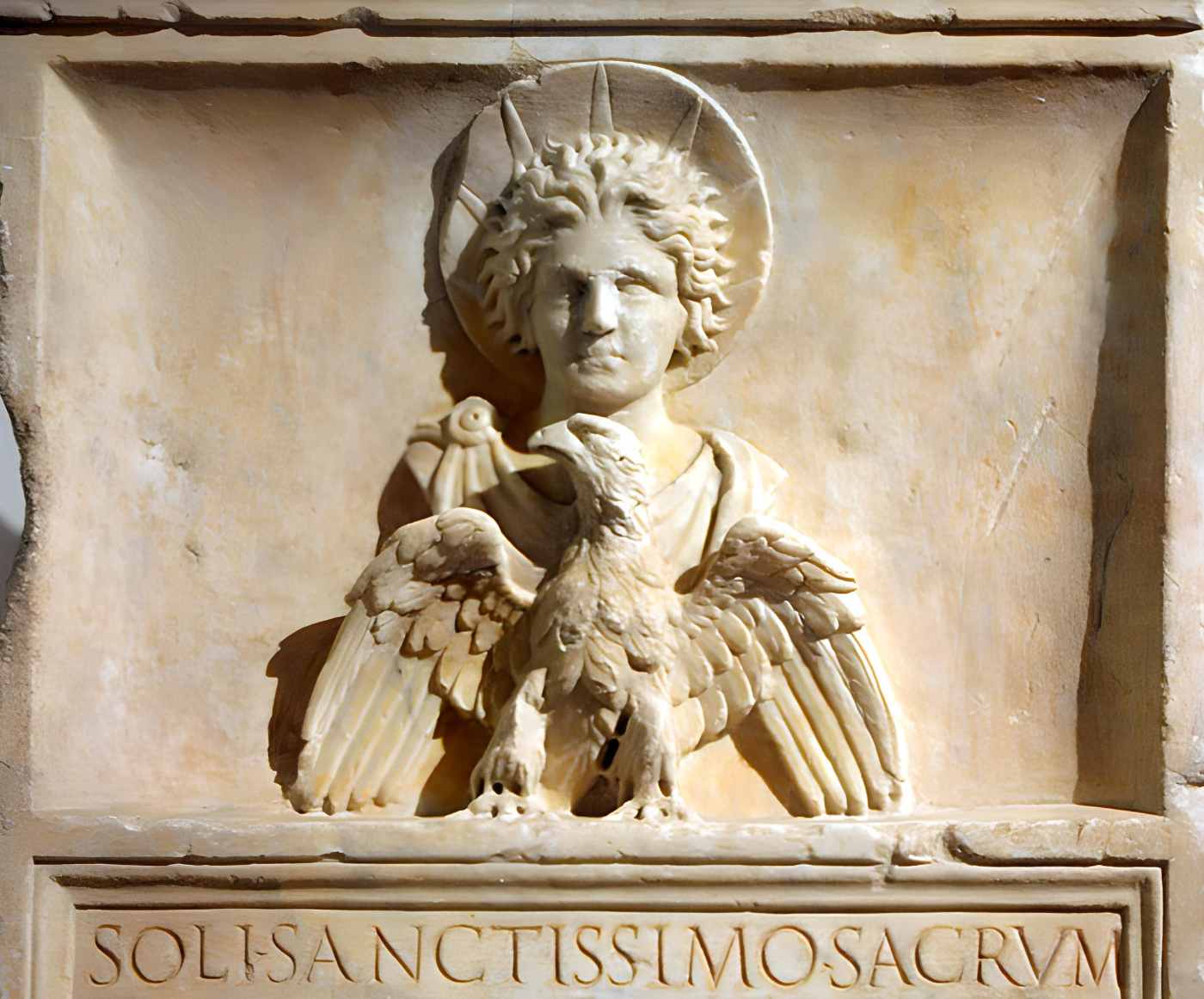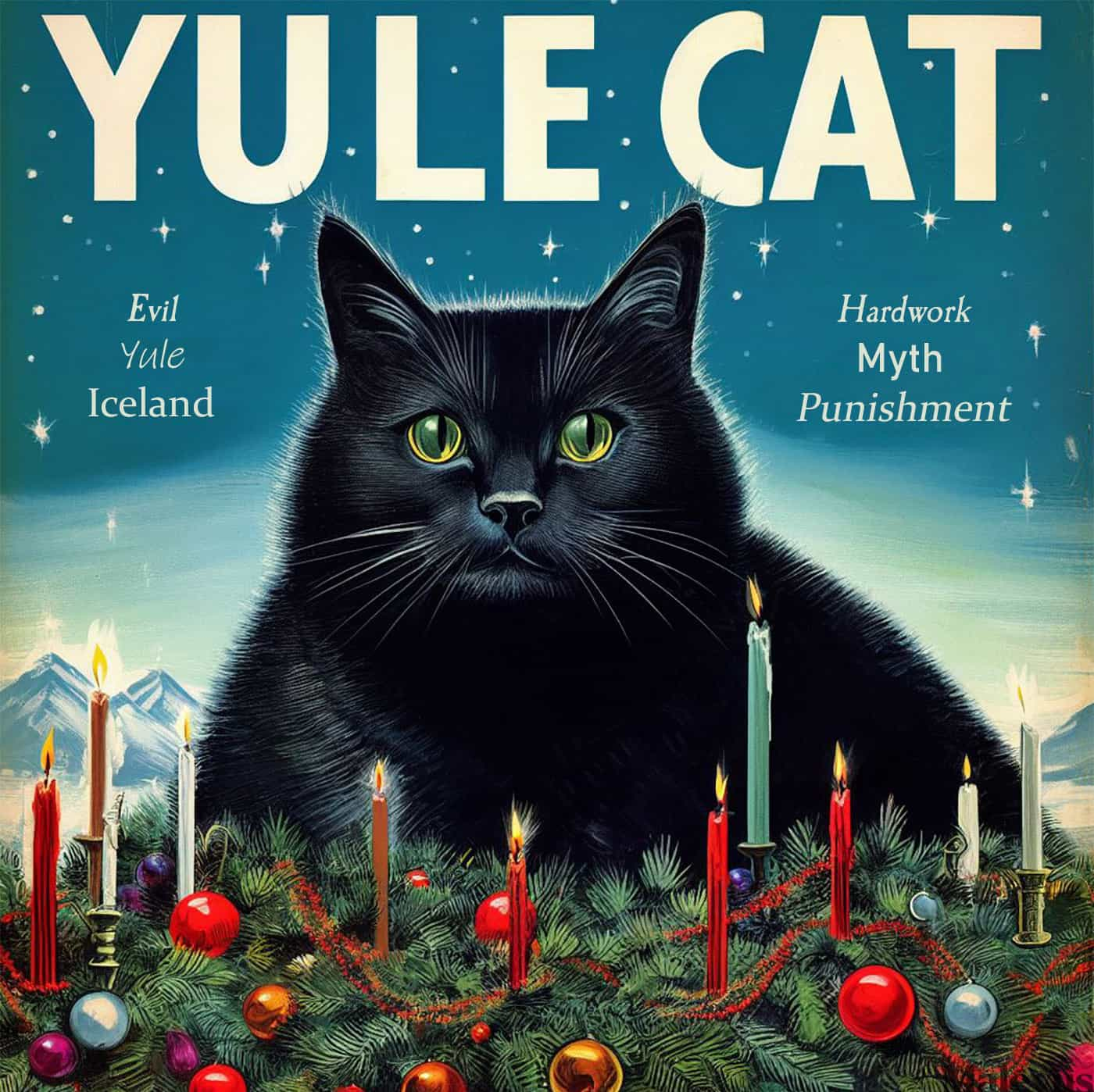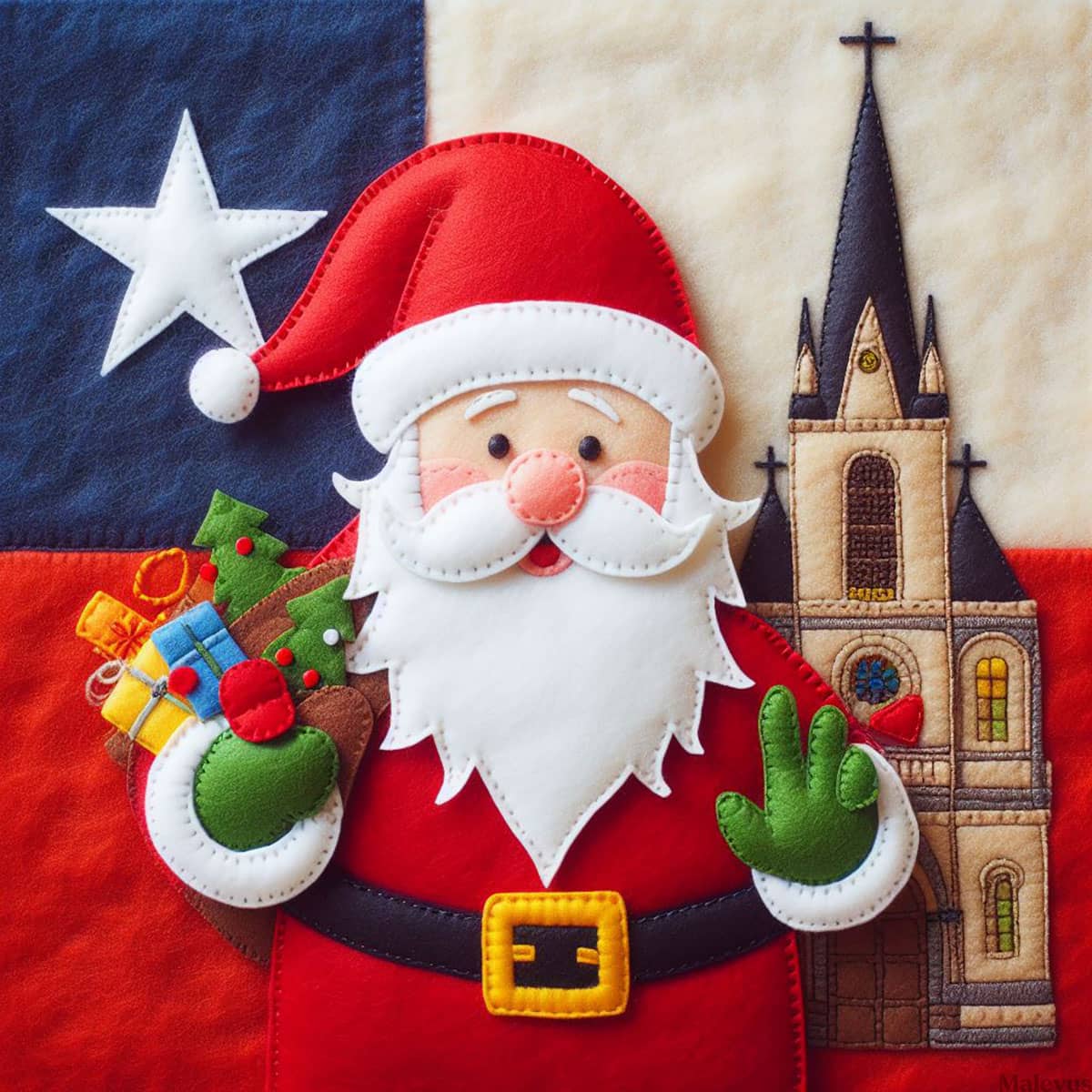Christians make up a small (2.3%) but significant population (28 million) in India, and they do celebrate Christmas. The event is referred to as Bada Din (which translates to “Big Day”). Most Indians adhere to the Hindu faith, but the country’s diversity makes Christmas, among other holidays, a legitimate occasion. Celebrations are especially extravagant in towns with large Christian populations, like Mumbai and Goa, where residents attend midnight mass and decorate their homes with lights and garlands. The varied cultural landscape of India means that Christmas traditions might vary from place to place.
Origins of Christmas in India
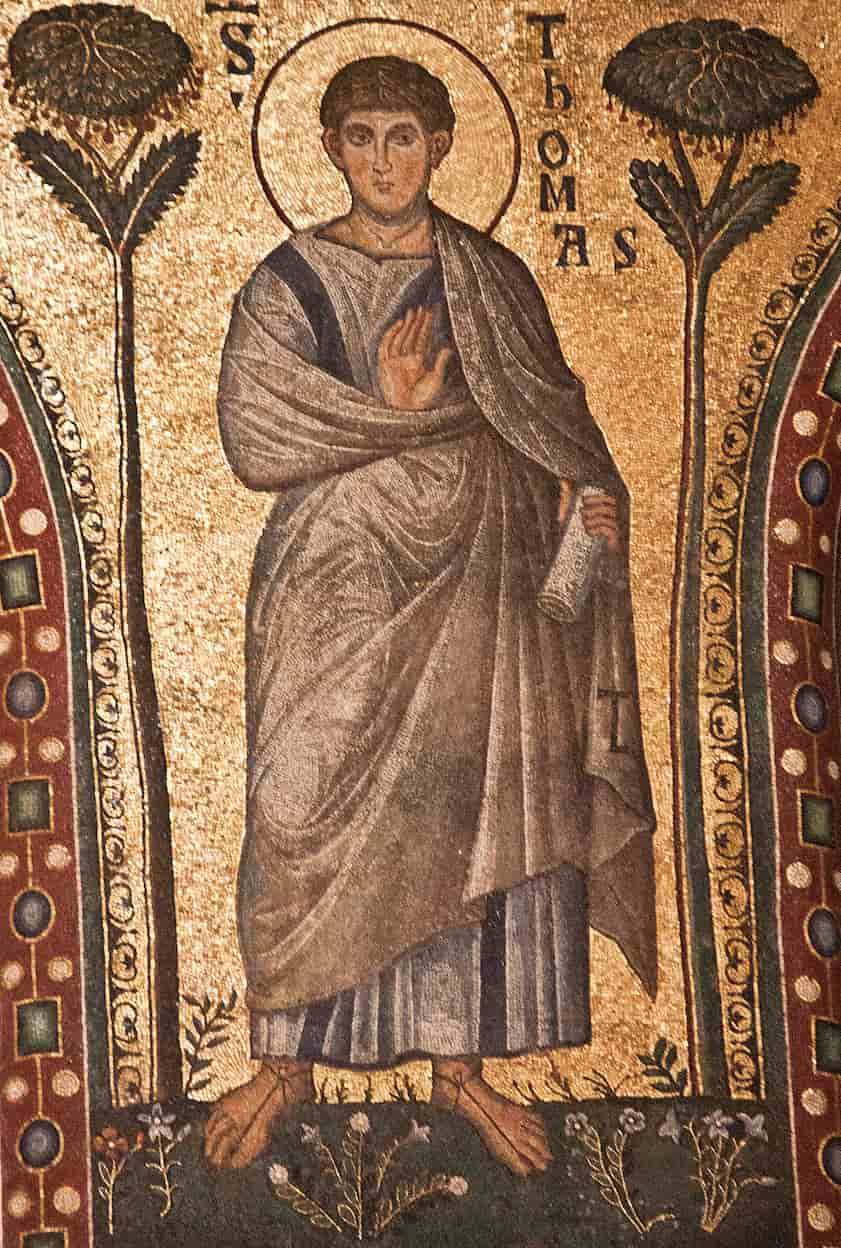
St. Thomas is credited with bringing Christianity to the Indian subcontinent in the first century (52 AD). The arrival of the Portuguese in the 16th century is nevertheless credited with establishing the modern Christmas celebration in India. They introduced the first Christmas holiday and the Latin rite in the country. Therefore, it is likely that they were responsible for India’s first Christmas celebration in the 16th century.
The first documented Christmas cake in India was baked by Mambally Bapu in the late 19th century which also makes it one of the first documented examples of Christmas in this country. Bapu established the Mambally Royal Biscuit Factory in Thalassery, Kerala. After tasting some imported Christmas plum pudding, a Scotsman is credited with inspiring him to prepare India’s first Christmas cake.
How Christmas is Celebrated in India
India’s Christmas celebrations are unlike any other, fusing indigenous traditions with Western Christian elements. The season of Advent begins on Advent Sunday, the fourth Sunday before Christmas. Churches, houses, businesses, and malls are decorated with Christmas lights, paper streamers, candles, and poinsettia flowers.
- Traditional Foods: Traditional Christmas desserts, known as kuswar, are baked and shared during Christmas in India. Christians in the Konkan area prepare and trade these holiday treats. Biryanis (a rice and meat dish) and kheer (a sweet rice dessert) are among the most popular Christmas dishes.
- Fasting: Observant Catholics in the state of Kerala in southwestern India observe a fast from the first of December to the midnight mass service on the 24th of December.
- Christmas Baba: You can even see an Indian Santa riding around on a horse-drawn sleigh, delivering gifts to kids in India. “Christmas Baba” in Hindi and in other Indian languages refers to him.
- Carols: Bhil tribal Christians in Northwest India go to neighboring villages each night for a week leading up to Christmas to sing songs and recount the Christmas narrative.
- Burning Earthen Lamp: In South India, it is common practice for Indian people to celebrate Christmas by lighting an earthen lamp and placing it atop their homes. According to them, this ritual represents Jesus as the true light.
- Decorations: Goa is home to the vast majority of India’s Christmas rituals, including the usual suspects like carol singing, Christmas tree decoration, star-shaped lamps, and fruit cake making.
- Midnight Mass: During this special occasion, churches in India are lavishly decked with poinsettia flowers and candles.
Some non-Christian groups have also started celebrating Christmas in recent years, bringing with them gift exchanges and even Santa Claus as secular customs.
Different Ways Christmas is Celebrated in Different Regions of India
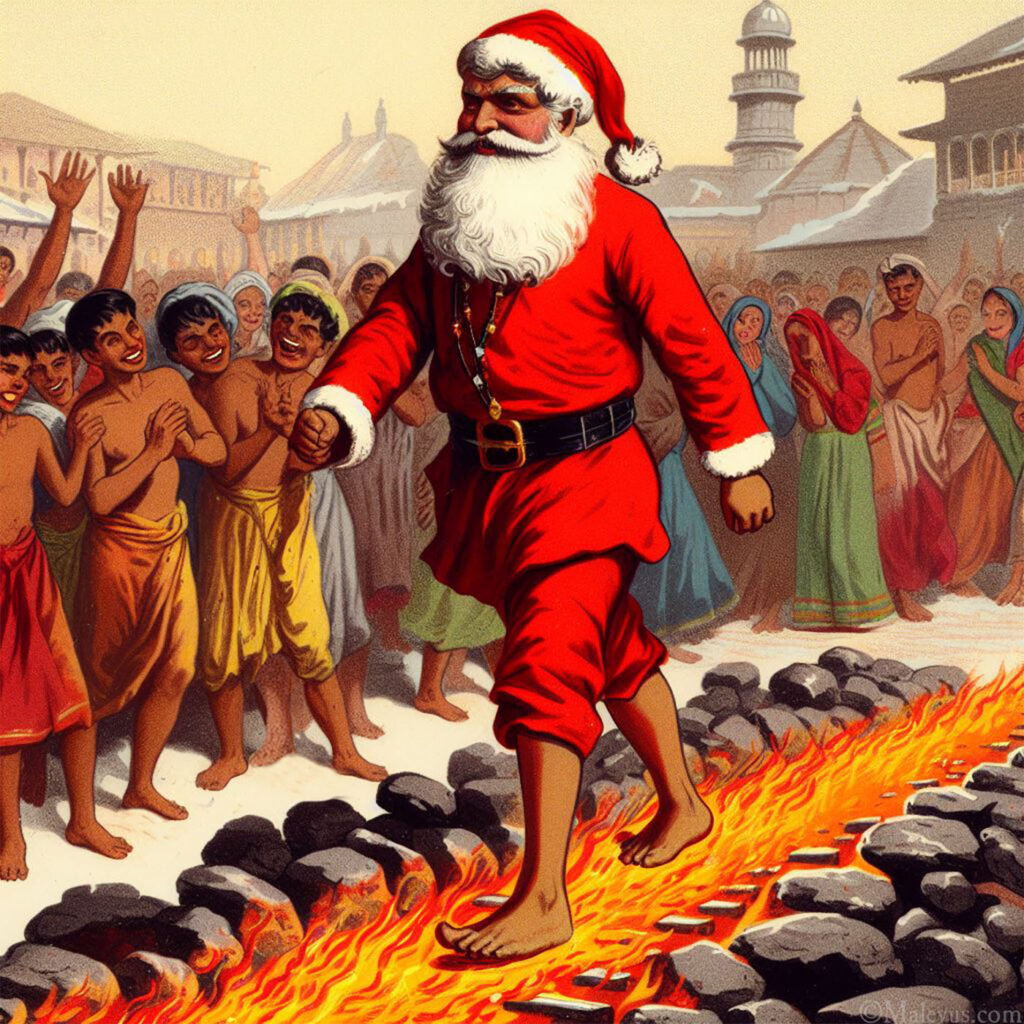
- Kolkata: Christmas festivities in Kolkata are world-famous. String lights and other decorations can be seen on Park Street. Christmas cakes and other holiday delicacies are found on Flurys’ (an iconic bakery) special Christmas menu. In addition, there is the Kolkata Christmas Festival, which is put on in cooperation with the government’s West Bengal Tourism.
- Mumbai and Pondicherry: There are many devout Catholics living in Mumbai and Pondicherry. There are additional Christian communities in the cities and towns of Manipur, Meghalaya, and Mizoram. These areas are home to relatively intense celebrations.
- Goa: With its big Catholic population and Portuguese influence, Goa is one of the foremost destinations to celebrate Christmas in India. The Goan-Catholic Christmas table comprises foods that are a tribute to the community’s origins. Seafood is the main part of their feasts, and Christmas is no exception.
Why Some Indians Are Against Christmas
Since it is not a part of their religion and because Christians once invaded their country not too long ago, some Indians dislike the fact that Christmas is a Christian holiday. Similarly, some Indians, albeit in minority groups, feel they must not celebrate festivals of other faiths to retain their identity.
Some extreme Hindu organizations have attacked Christmas celebrations in India, claiming that doing so introduces foreign “Western ideas.” Navajo and other people whose religion is based on an appreciation of the natural world and its cycles also find it difficult to celebrate Christmas since it commemorates the birth of a religious figure from a completely different religion.
Christian Populations in the Regions of India
India’s Christian population is dispersed throughout the country, yet there are several particularly dense concentrations:
- South India: Approximately 25% of India’s entire Christian population lives in the southern section of the country, namely in the state of Kerala. In Kerala, Christians make up more than 6 million people, or around 18.5 percent of the total population. There is also a sizeable Christian community in Tamil Nadu.
- North-East India: Christian majority states in northeast India include Nagaland, Mizoram, and Meghalaya. Christians make up 88% of the population in Nagaland, 87% of the population in Mizoram, and 75% of the population in Meghalaya. The Christian population is also sizable in Manipur and Arunachal Pradesh.
- West India: Goa, inspired by its Portuguese heritage, has a considerable Christian population, with Christians accounting for 25% of the state’s population.
- Central India and East India: There are Christian groups among the tribal people of Central India and East India.
- Union Territories: The Andaman and Nicobar Islands are a Union Territory, and 21.3 percent of its population identifies as Christian.
A Brief History of Christianity in India
The Christian community in India has been there for a long time. Christianity was supposedly introduced to India by St. Thomas in the year 52 AD. He supposedly arrived in Kerala, and it was there that the faith took hold. He then crossed to the island of Mylapore off the coast of modern-day Chennai, where he declared the existence of a new deity and a new country.
The legendary apostle Thomas is said to have established seven communities in the country. He went over southern India, preaching to the Hindus and the Jews, and won over tens of thousands of people. Although some of the evidence for Thomas’s time in India may strain the imagination, the bulk of it is at least as believable.
Some Hindus hold the view that St. Thomas was murdered by a local monarch or a Brahmin priest. Portuguese explorer Vasco da Gama was taken aback by the vibrant Christian communities they found in southern India and the Subcontinent upon his arrival in 1498. The inhabitants’ firm belief that St. Thomas himself had founded their church further shocked the visitors.
Christians from the Middle East immigrated to St. Thomas in later centuries, substantially strengthening the local Christian population. When the Portuguese arrived in India in the 16th century, it was a watershed moment in the development of Christianity in the country. The Saint Thomas Christians had been adhering to a Syrian rite that was distinct from the Latin rite that the Portuguese invaders brought with them.
28 million Christian followers make up the third biggest religious group in India, after Hindus and Muslims. Aside from Kerala, states like Nagaland, Mizoram, and Meghalaya also have sizable Christian minorities. They come from a wide variety of traditions, including Protestant, Catholic, Syrian Orthodox, and other groups.


